There are numerous soundproofing materials on the market, and while they can be highly effective, they can also be quite costly. If you are looking to soundproof a room but you’re on a budget, you may be wondering if there’s an affordable way to block out distracting noise.
Many homeowners take a do-it-yourself approach to soundproofing by using items that they already have around the house, and they often use egg cartons as a cheap soundproofing material. However, before you stock up on empty egg cartons, it’s a good idea to investigate whether or not they are actually an effective soundproofing material.
This article will outline why egg cartons are not a good soundproofing material and why many people believe they are.
It’s important to have a basic understanding of the different types of noise.
There are two primary types of noise, and understanding how each one works will allow you to determine which sound you're trying to block out and whether or not egg cartons will help you achieve your goal.
The first type of noise is airborne. As indicated by the name, airborne noise refers to soundwaves that travel through the air.
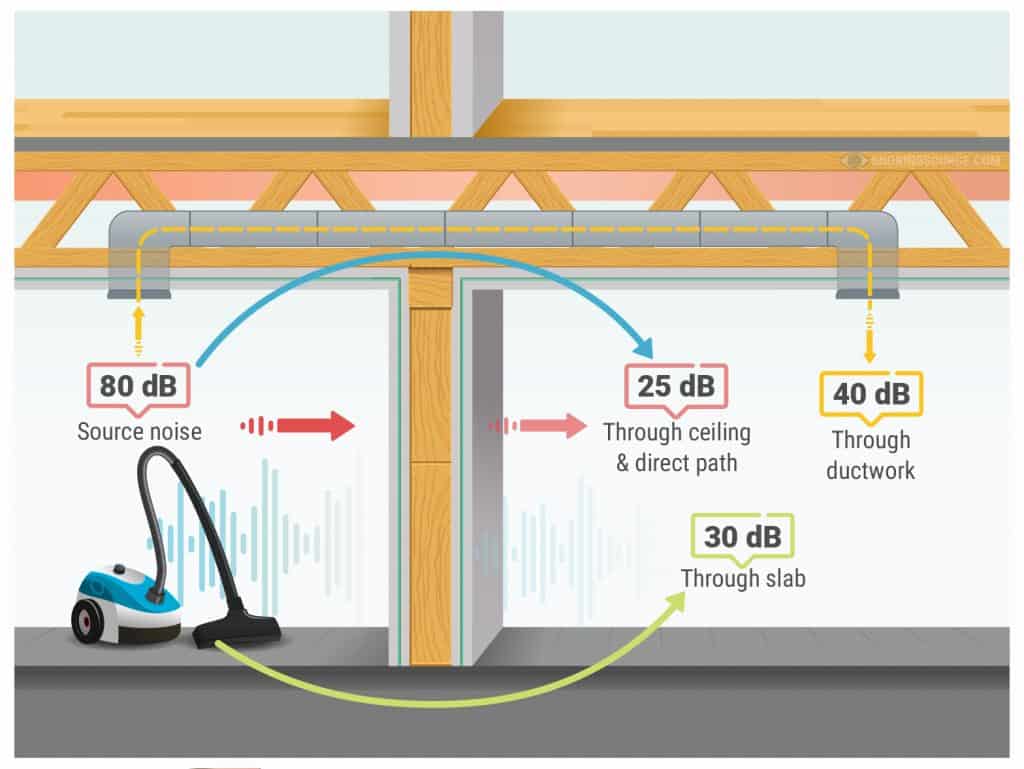
When something makes a sound – someone speaking, a TV broadcasting a show, a radio playing a song, etc. – the sound is transmitted through the air until it comes into contact with a solid surface. Once the soundwaves hit a solid surface, they are dispersed, and the sound is transferred to the surrounding area.
The second type of sound is impact sound; Noise that’s transmitted through structures. This type of noise occurs as a result of an object making contact with a structure.
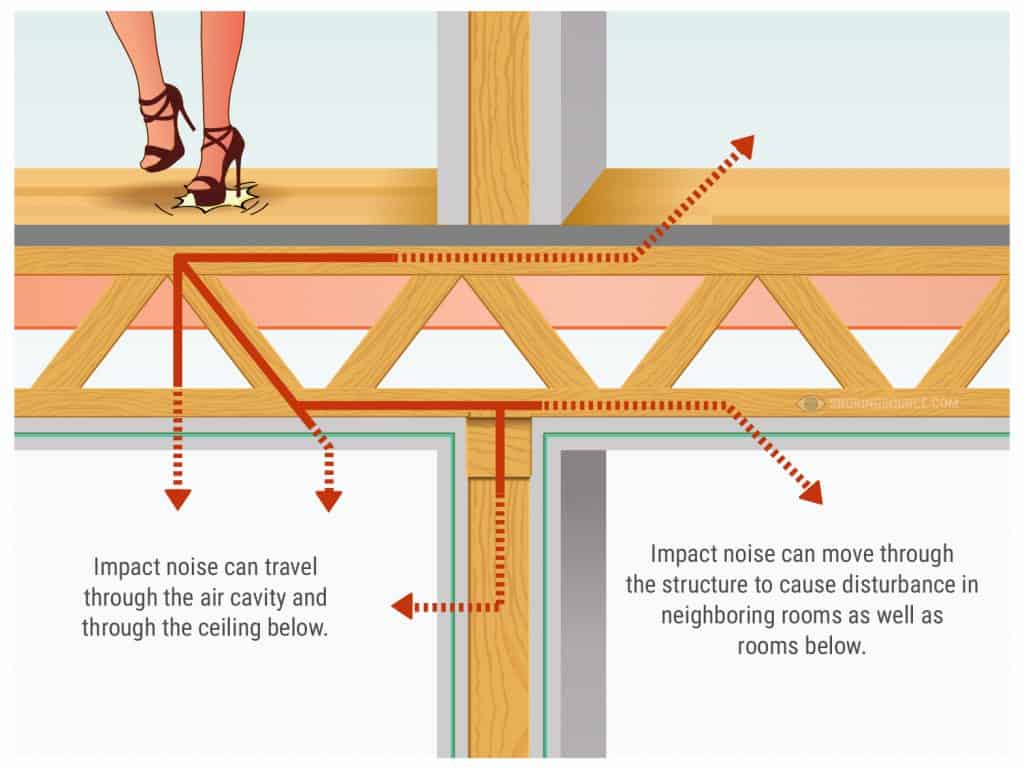
That contact creates soundwaves, and the soundwaves are transferred through the structure into the surrounding space.
Examples of structure-borne noise include: The sound of footsteps walking on the floor above you and the sound being heard through the ceiling or a ball being bounced against a wall and the sound being transferred through the wall and into an adjacent bedroom.
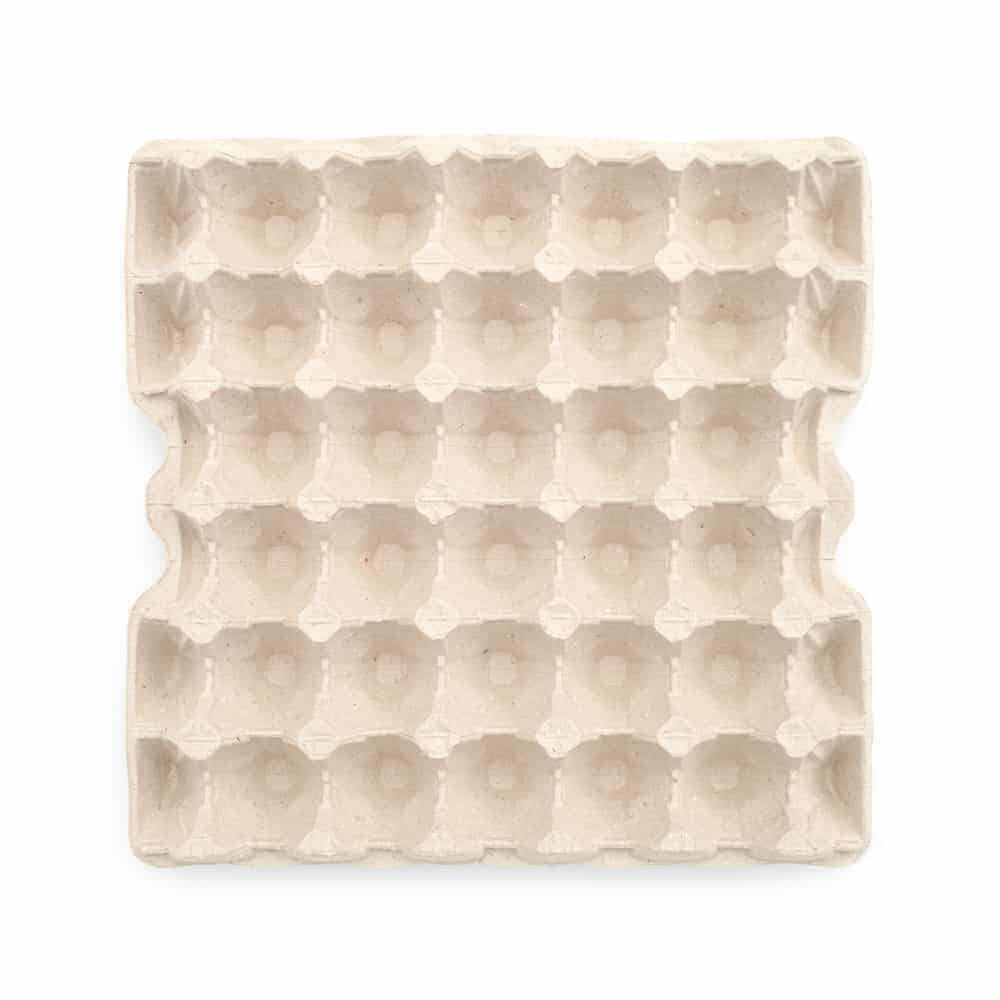
Many people believe that egg cartons - the containers that your eggs come in - are an effective way to block out unwanted noise.
Given their round appearance they even mimic the shape of acoustic foam tiles – a material that is specifically made for soundproofing – it’s understandable why egg cartons are believed to be an effective soundproofing medium.
The question is, however, just because they resemble acoustic foam, does that mean that egg cartons are actually viable soundproofing material?
In short, the answer is “kind of?" - With more so an emphasis on "No" being the optimal answer - We know that sounds vague, so let’s further explain.
Since egg cartons have a rounded shape, it’s natural to think that they would be able to deflect sound. When placed against a surface, soundwaves could get trapped inside the round bottom of the individual spaces of the carton, thus preventing the sound waves from bouncing off of solid surfaces (remember, soundwaves are omnidirectional), which would prevent the transmission of sound.
Though it might seem like egg cartons would capture sound waves and prevent them from colliding with a surface, thereby preventing the transmission of noise, in reality, they do not.
Firstly, egg cartons are made out of thin materials that possess little if any sound absorbing qualities. Most paper egg cartons are comprised of a molded pulp; A mix of recycled paper, carboard, and other materials.
Therefore, an egg carton cannot be considered an effective soundproofing material; At least not in the capacity that many people think they can be used for; That is, they are not as effective at absorbing sound as acoustic foam.
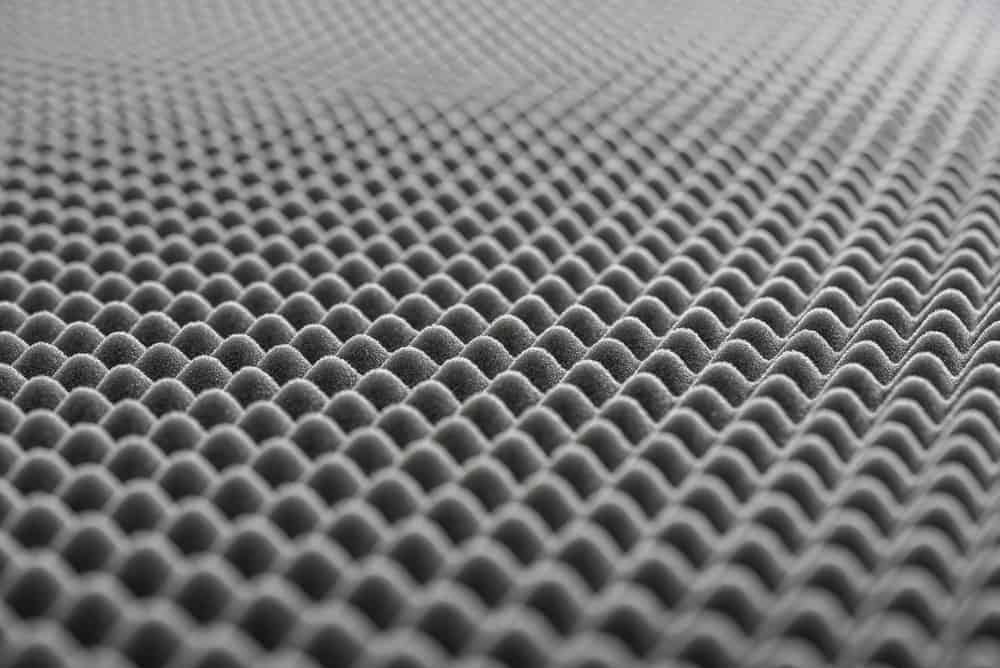
While acoustic foam isn’t technically a soundproofing material, especially when compared to other mediums, such as mass loaded vinyl, sound deadening fabric, and other similar materials; Acoustic foam is technically a sound absorber.
Firstly, acoustic foam is dense, much denser than egg cartons. As such, soundwaves can bounce inside the pockets that are formed in the foam until they lose a lot of their energy, thereby reducing incident noise level.
Secondly, acoustic foam is much thicker than egg cartons, so they add mass to the surface they are applied to. In terms of soundproofing, mass is important, as it helps to prevent the transmission of soundwaves.
Thirdly, because acoustic foam is soft, it’s a lot harder for soundwaves to bounce off of the material. Egg cartons, on the other hand, aren’t flexible, which is a good thing for eggs as this quality prevents them eggs from rolling into one another and breaking. However, it isn’t good for soundproofing, as soundwaves can easily bounce off of the material and into the surrounding space until they collide with another object.
Given the qualities of acoustic foam, it’s a much more effective soundproofing material than egg cartons. As mentioned, however, acoustic foam isn’t as effective as other mediums, as soundwaves can still bounce around it.
With that said, it does serve as an excellent material for acoustic treatment, which is why it is so often used in recording studios, movie theaters, concert halls, and other areas where echoes can be distracting.
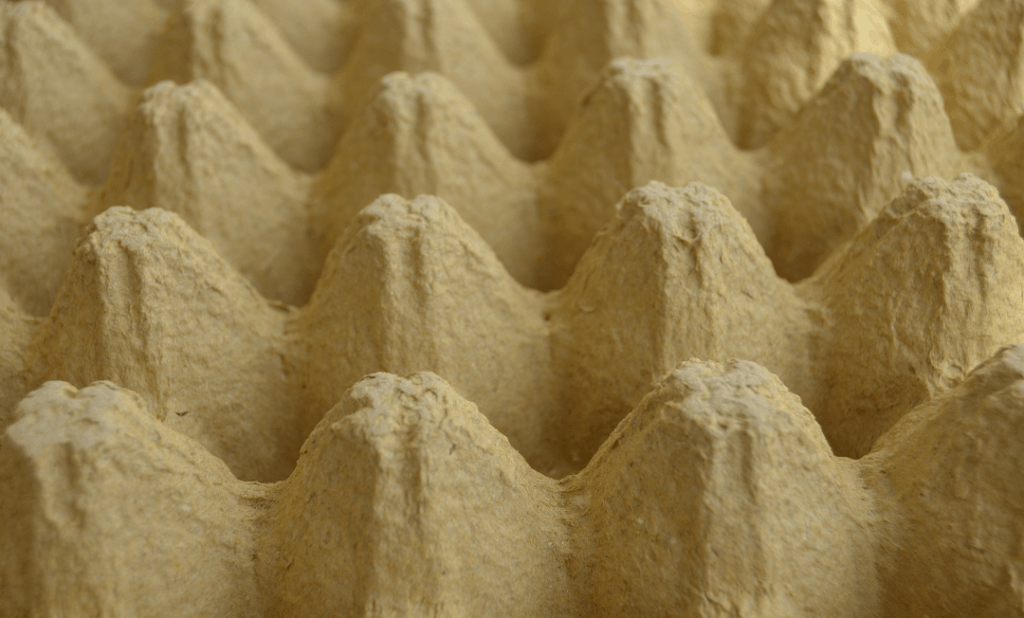
Though egg cartons may not be as successful at absorbing sound as acoustic foam, they can provide a hint of soundproofing. With that said, It's important to stress that you should not expect to experience significant or even moderate sound reduction.
However, if you want to give egg cartons a try, you may wonder how to apply them to the surface you’re looking to prevent noise from transmitting through.
Here, is a general overview that you can use to secure egg cartons to surfaces:
To improve the soundproofing capabilities of egg cartons, install pieces of fabric or foam inside the openings of the carton before hanging them on the walls. Doing so will help to improve the density of the cartons and enhance their ability to absorb sound.

Snoringsource.com is a participant in the Amazon Services LLC Associates Program, an affiliate advertising program designed to provide a means for website owners to earn advertising fees by advertising and linking to amazon(.com, .co.uk, .ca etc) and any other website that may be affiliated with Amazon Service LLC Associates Program.